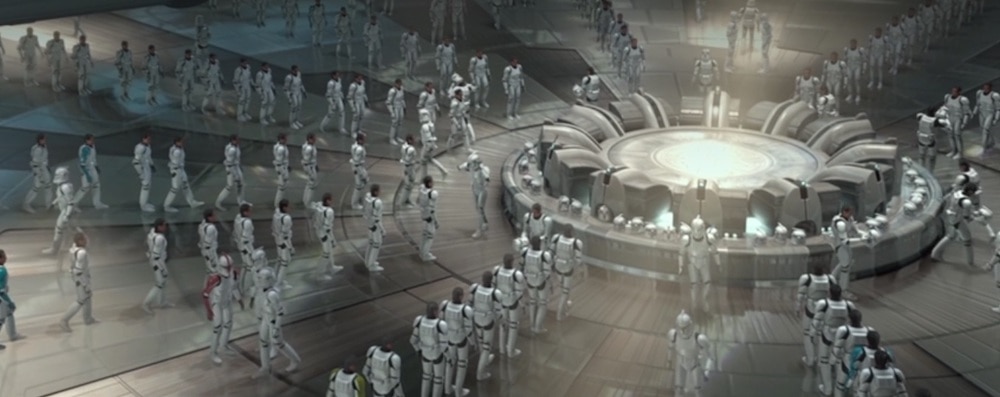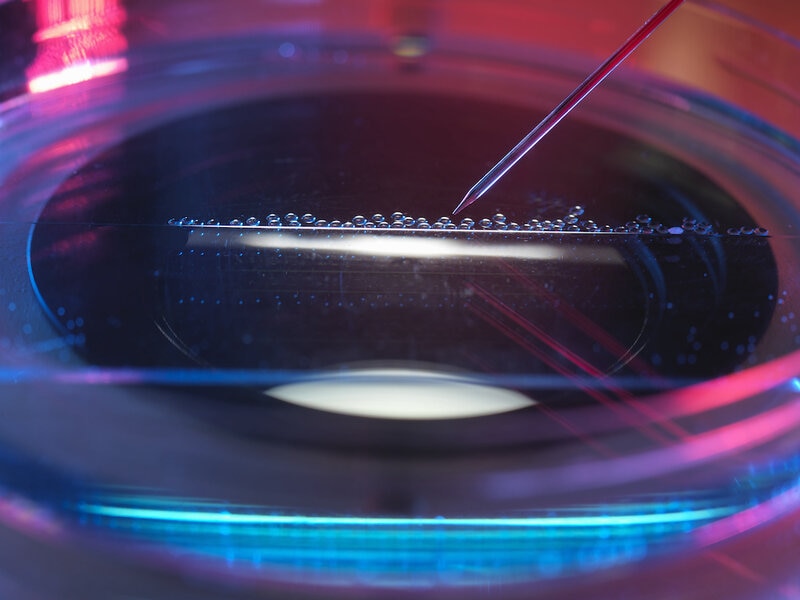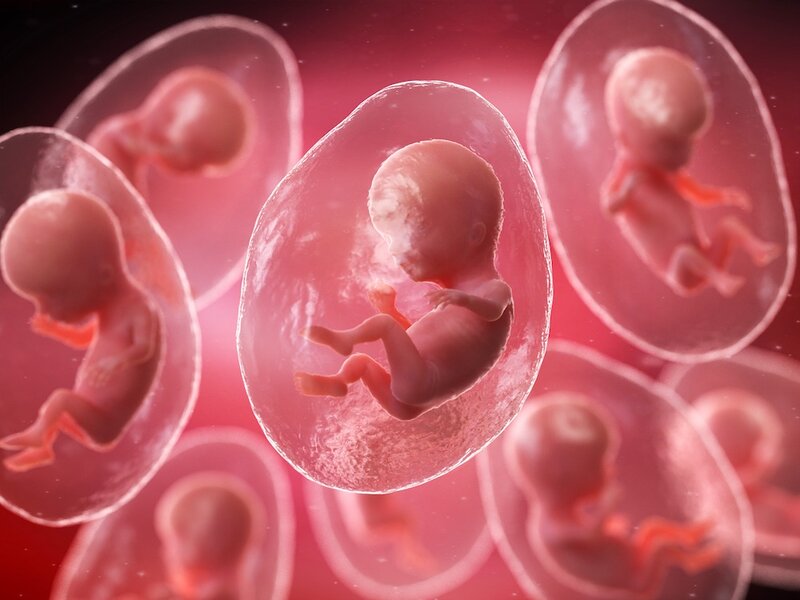Create a free profile to get unlimited access to exclusive videos, sweepstakes, and more!
Building a clone army: The science behind 'Star Wars: Attack of the Clones'
The question probably isn't could we, but should we.

Roughly two decades before the Battle of Yavin, the Galactic Republic went to war against the Separatists with an army comprised almost entirely of clones. This, of course, didn't really happen, at least not in our galaxy, but this genetically identical fighting force is a major part of Star Wars: Episode II – Attack of Clones, which hit theaters twenty years ago this week.
Those clones were built on the genetic template of one Jango Fett and produced on the planet Kamino. It's unclear how many of them were ultimately made, though we have a few guesses. When Obi-Wan visited there were 200,000 walking around and ready for battle with another million on the way. In The Clone Wars animated series, we know an additional 5 million were ordered, in addition to the initial run, so it's reasonable to assume we're looking at millions of Jango Fett copies running around the galaxy.
Most were faithful copies of the Mandalorian bounty hunter but, as was made clear in The Bad Batch, not all of them came out as planned. That's probably to be expected, genetics and cloning technologies being what they are, even in a galaxy far, far away. On our own planet, cloning is a relatively mature technology, but there hasn't been any human cloning — at least, not yet. So, we're left to wonder: could we clone people if we wanted to, and could we do it millions of times?
CLONING PEOPLE
Perhaps the largest barriers to human cloning are ethical. While it's technically possible — scientists worked out methods for cloning mammals in the '90s when Dolly the sheep made headlines — there are unique challenges to cloning humans, such that the potential costs outweigh the benefits.
When it comes to Dolly, scientists successfully cloned a sheep by removing the nucleus from an egg cell and replacing it with nucleus of a cell from Dolly's biological mother. An electric shock caused the nucleus and cell to fuse and grow, but it took 277 tries to make it work.
Since then, the process has become more efficient and more successful, but there's still only a 10 percent to 20 percent success rate even in species which play nice with cloning. That represents a vast improvement, to be sure, but when it doesn't work it can go really poorly. Defects in the process can result in failure to implant or abnormalities with cause the clone to die in utero or shortly after birth.
In fact, for years, efforts to duplicate the process used in Dolly, in primates, failed. It was eventually discovered that this was the result of proteins crucial to chromosome duplication in a process known as spindle formation. Those proteins are closely associated with the DNA inside the egg, and they're especially bound up in primates, which causes a unique challenge for cloning humans and other primates.
In other mammals, like sheep and mice, there are enough of the proteins free-floating in the egg that it can jumpstart the process even after DNA is replaced. In primates, that isn't the case, so the first step of removing the native DNA and replacing it halts the replication process. In early experiments with rhesus monkeys, 724 attempts were made, resulting in 33 embryos and zero successful pregnancies.
Scientists finally overcame the primate barrier in 2018, but the efficiency was still incredibly low. The team made 290 attempts, resulting in 192 embryos, 22 pregnancies, and only two successful births. This cloning process could probably be applied to humans, but the low success rate is such that even if an ethical use case could be defined, we'd still be beating our heads against a biological wall.
BUILDING A CLONE ARMY
As previously discussed, biology doesn't play well with the idea of cloning more than a couple of humans at a time. Filling a car with clones would require thousands of attempts, building an army of millions would require so many eggs that we'd need to enlist most of humanity to make it happen. Not only is that an inefficient way to scale up a fighting force, but it would also ultimately result in a duplicate population, not millions of copies of one individual.
Moreover, cloning as it exists today requires the same biological support system as natural births. Each individual clone would need to incubate inside a surrogate mother. It still takes nine months of gestation, not to mention years of raising and training. The ability to clone fully formed adults or beings with accelerated growth is pure science-fiction. The logistics of building a clone army just don't track with reality as it currently exists, and that's not even considering the ethics of conscripting millions of people to be surrogates for clones. Doing so would arguably make us worse than any evil empire we aspired to combat.
To really make it happen, we'd need artificial systems for growing clones, something which has so far remained in the realm of science fiction. Though, that may be changing. Scientists in the Netherlands are working on artificial wombs which could feasibly be used to grow babies from scratch, although the first use case is aimed at premature babies who need additional support.
Even still, you're unlikely to end up with a clone army full of truly identical individuals. While the genetic material may be identical, differences in the ways genes are expressed in a living person can result in morphological changes. The first cloned cat, for instance, looks dramatically different from her genetically identical mother, owing to the way color patterns in the coat express.
Any future clone army would likely have a lot more in common with The Bad Batch, than the Republic's larger, more identical, clone forces. Given all the barriers at hand, we probably ought to come up with better solutions for our problems than building clones to do our fighting for us.




























